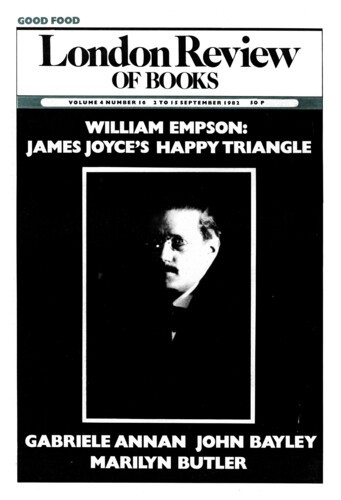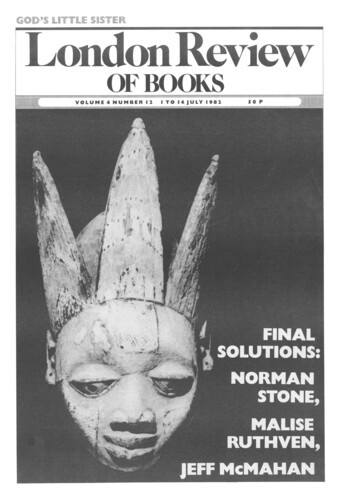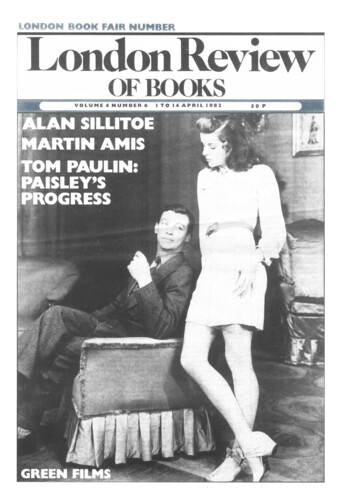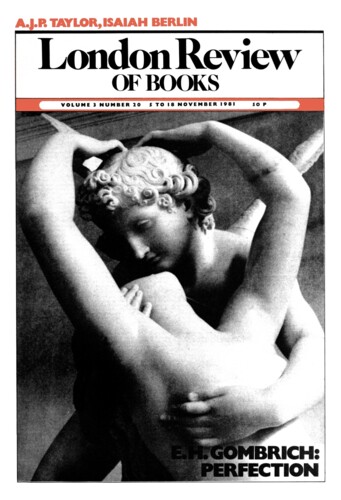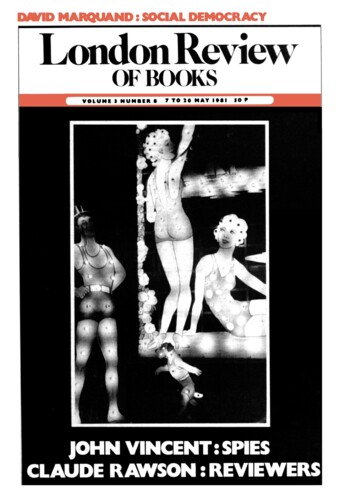Uncle Zindel
Gabriele Annan, 2 September 1982
Isaac Singer is a man of far away and long ago. He was born in the Warsaw Ghetto in 1904. His father was a Hassidic rabbi from a Jewish shtetl in Galicia, a place almost untouched by the Industrial Revolution and sealed off from modern thinking, where from dawn to dusk every activity was elaborately regulated by tribal custom and religious ritual. This is where Singer’s roots are, and many of his stories exploit the exotic appeal of such an archaic background.
